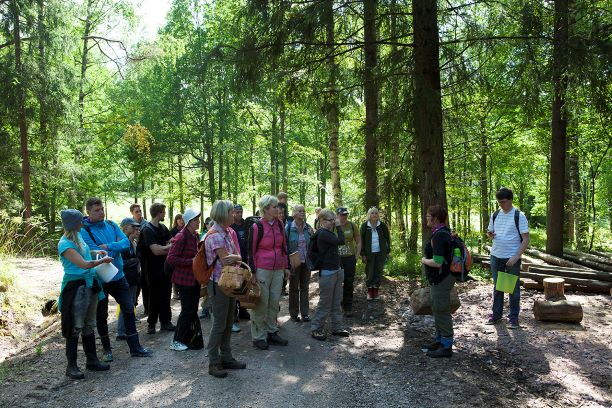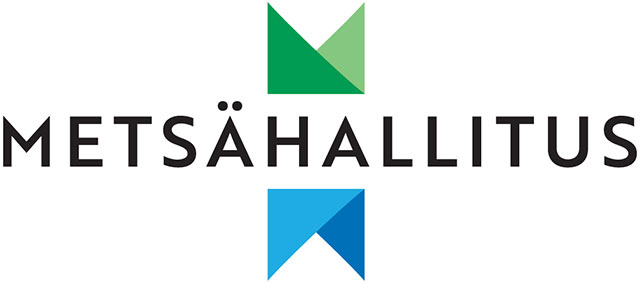Case Study
Improved sustainability in Urban National parks in Nordic and Baltic countries
Contact name
Carina Wennström, Senior advisor
Institution name
Metsähallitus, Parks & Wildlife Finland
Region & country
Nuuksio National Park, Finland Tyresta National Park, Sweden Lahemaa and Alutaguse National Parks, Estonia
Summary
The main aim of the project was to improve social and ecological sustainability of Urban National Parks Tyresta in Sweden, Nuuksio in Finland, Lahemaa and Alutaguse in Estonia. The aim was to test new methods of monitoring visitor flow and parking problems and to further develop and share good practices of sustainability.
Finding the most effective LAC-indicators for urban national parks based on the finnish version was one action. The LAC (Limits of Acceptable Change) -is a method to understand and regulate impacts and determine well targeted actions that are needed to assure sustainable use.

Starting a trip to pick mushrooms in Nuuksio nationa park
Emilia Rüf
Background of the project
Nature-based tourism is global trend that grows very fast. This has raised challenges in management of ecological and socio-cultural sustainability. Urban National Parks located close to cities have special need for new solutions in monitoring and management as the number and diversity of visitors are growing fast.
Free access to nature is important in the Nordic culture through “everyman´s rights”. Monitoring of sustainability is an essential part of pro-active and innovative solutions in visitor management. The project sites have big challenges with the logistic. Most of the visitors come by car to the national park. This leads to crowding and big parking problems in the high season as well as disturbance and soil erosion in the areas.
Solution and actions taken
Improved Sustainability in Urban National Parks” project was launched. The 2 year long project (2019-2020) was supported by the Nordic Council of Ministers. In the project we tested new methods and shared good experience on managing sustainability in urban national parks in Nordic and Baltic countries.
• 3 workshops of sustainability were organized to hear about new solutions and to change experiences on managing sustainability.
• In Nuuksio the LAC method was taken into use.
• In Nuuksio a test of the image analysis techniques to achieve real-time congestion maps was carried out. The map of the parking lots can be seen on the web.
• In Lahemaa and Alutaguse an implementation of mobile positioning-based visitor survey was carried out.
Other institutions or parties involved
The project partners were the Environmental Board from Estonia, Tyresta Forest Foundation from Sweden and Metsähallitus, Parks & Wildlife Finland.
In the workshops there were lecturers from the Estonian University of Life Sciences, the University of Gothenburg and the Mid-Sweden University and Norwegian University of Life Science. VTT Technical Research Centre of Finland carried out the congestion map experiment.
Results
In Finland the LAC method, parkpilot and the development work congestion map will be used in other urban national parks. In Tyresta a small pilot on the use of LAC method will be done.
All three project countries will continue to work on improving the sustainability in the parks. Despite differences in the areas threats and problems are much the same in urban national parks. The methods tested in the project can be used both in urban and more remote nature destinations.
Challenges
The project time (1,5 year) was a short time to carry out experiments and find solutions. The management of the parks, nature and circumstances are different in the project countries.
Finding the most suitable ecological indicators in LAC method was challenging since they must be specific to local circumstances, objective and clearly measurable, reliable and repeatable, reasonably easy to implement and cost-effective.
Lessons learned
Managing sustainability requires a large field of knowledge (ecological, social, economical). To find best methods and indicators reliable and multisource data (visitor, nature types, species) is needed. There is also a need to develop new methods in visitor management using more spatial, digital, technical and social media-based data.
Contact name
Carina Wennström, Senior advisor
Institution name
Metsähallitus, Parks & Wildlife Finland
Website(s)
